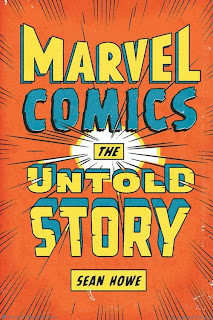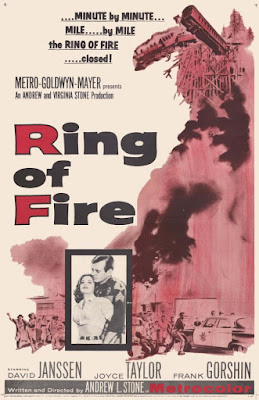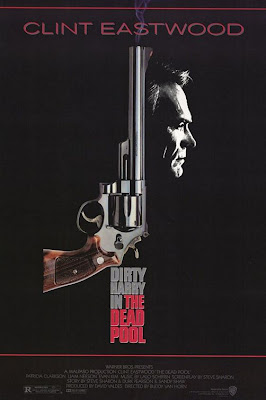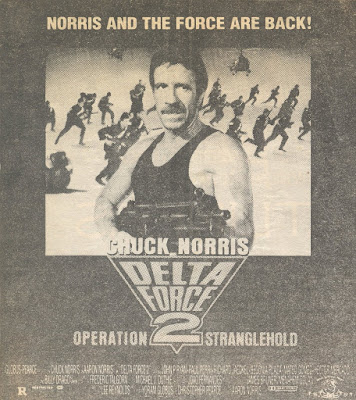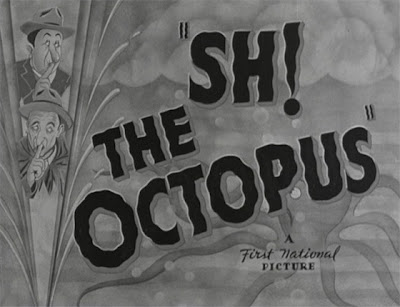I have been keeping a movie-watching log for several
years, but 2012 is the first time I thought to keep a record of the books I
read during the year. My total: 112, which is probably about average for me.
First book of 2012: TOM BROWNING’S TALES FROM THE REDS
DUGOUT by Tom Browning & Dann Stupp
Last book of 2012: REASONABLE DOUBT by Philip Friedman
Of the 112, only six of them were re-reads:
NIGHTMARE USA: THE UNTOLD STORY OF THE EXPLOITATION
INDEPENDENTS by Stephen Thrower
CLOSE ENCOUNTERS by Mike Wallace (I re-read his
autobiography after his death)
I SPY: A HISTORY AND EPISODE GUIDE TO THE GROUNDBREAKING
TELEVISION SERIES by Marc Cushman & Linda J. LaRosa
ROD SERLING’S NIGHT GALLERY: AN AFTER-HOURS TOUR by Scott
Skelton & Jim Benson
LIVE FROM NEW YORK: AN UNCENSORED HISTORY OF SATURDAY
NIGHT LIVE by Tom Shales & James Andrew Miller
REASONABLE DOUBT by Philip Friedman
Hardcover: 32
Paperback: 67
Trade paperback: 13
I read no book electronically
in 2012.
Counting by genre:
Fiction: 78
Action/Adventure (mainly men’s adventure novels of the
1970s): 16
Crime Drama: 10
Mystery/Thriller: 43
Science Fiction: 5
Western: 6 (the first westerns I have read in my life)
Non-Fiction: 32
Biography: 2 (James Garner and Mike Wallace)
Comic Books: 11
Film: 7
Sports: 2
Television: 10
From the 1930s: 4
1940s: 2
1950s: 5
1960s: 15
1970s: 25
1980s: 6
1990s: 7
2000–2011: 43
2012: 5
Ace Double paperbacks: 15
Jack Reacher novels by Lee Child: 15
Harry Bosch novels by Michael Connelly: 2
Lew Archer novels by Ross Macdonald: 2
Nero Wolfe novels by Rex Stout: 1
Perry Mason novels by Erle Stanley Gardner: 3
Other authors read more than once:
David Ellis: 5
Edward S. Aarons: 3
John Callahan: 2
Lionel White: 2
Louis Trimble: 2
Ralph Hayes: 2
Tom Weaver: 2
Ten recommendations:
THE DOOMSTERS by Ross Macdonald
GOD SAVE THE FAN by Will Leitch
I WANT MY MTV: THE UNCENSORED STORY OF THE MUSIC VIDEO
REVOLUTION by Craig Marks & Rob Tannenbaum
NIGHTMARE USA: THE UNTOLD STORY OF THE EXPLOITATION
INDEPENDENTS by Stephen Thrower
REQUIEM FOR A SCHOOLGIRL by Robert Rossner (as Ivan T.
Ross)
THE SIMON & KIRBY SUPERHEROES by Joe Simon & Jack
Kirby
THE TOWER by Richard Martin Stern
How many books did you read this year?










